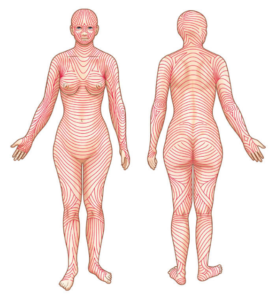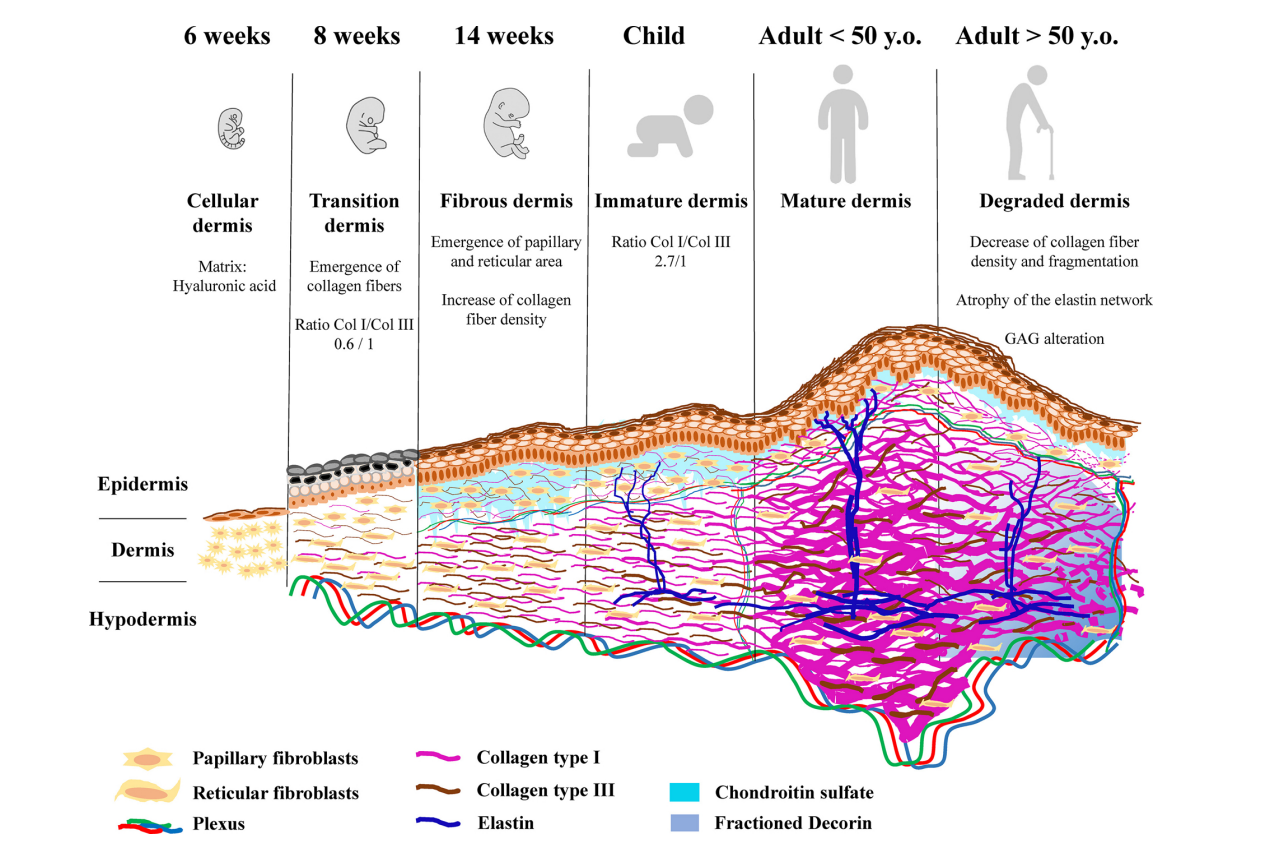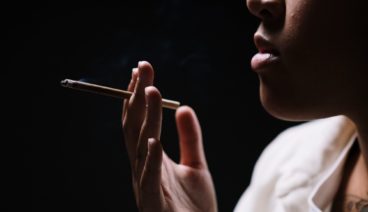Here, we will talk about a term which needs to be elucidated : anisotropy. Skin is described as an anisotropic soft material but it is essential to explain further to well understand how to use this term.
Let’s go back to an ancestral definition. The word isotropic is derived from Greek words : isos means equal and tropos means way. Then, isotropic means something has the same properties in all directions. Therefore, anistropy should mean something has different properties in different directions.
Is it right for skin characteristics ? Does skin have different properties in different directions ?
Why talking about anisotropy for skin ?
Elucidating the mechanical properties of skin is important for a lot of applications such as surgery, dermatology, cosmetology and regenerative medicine.
The term « anisotropy » is broadly used to address the different orientation patterns of mechanical stress on skin. Indeed, it is essential to know that the structural characteristics of the skin are not uniform in all directions.
The first description of this aspect has been made in 1861 by Austrian anatomist Karl Langer (1819–1887) ! These lines represent the directions of the skin’s maximum tension. They are used in surgical incisions to minimize the tension accross the wound. But these langer lines are defined from human cadavers and aren’t as applicable to living conditions!

Later, Kraissl proposed the wrinkle lines then Borges suggested the relaxed skin tension lines… but so far, we do not have a complete understanding of the anisotropic properties of living skin.
However, this anisotropy is believed to be caused by the preferential orientation of collagen fibers in the dermis. Their role is to contribute to the structural properties of the dermis by giving the skin its thickness and strength. Structural changes of the collagen molecules are very important to observe because they give a lot of information about wound healing, tissue morphology and cells adhesion. Secreted by the fibroblasts, the collagen fibers deteriorate with time, and are one of the causes of the emergence of wrinkles.

(Haydont et al., 2019)
In the context of the skin’s biomechanical properties, authors suggested that collagen fibers create “an arrangement which allows continual movements of the individual fibers to absorb the minor stresses of normal activity and relies on the ultimate strength of collagen to resist severe stretch” (The mobile micro-architecture of dermal collagen: a bio-engineering study. Gibson T, Kenedi RM, Craik JE Br J Surg. 1965 Oct; 52(10):764-70.).
It also has been reported that when we applied a tension in the skin, rope-like structures appear in a direction parallel to the direction of the applied tension. Hence… “same properties in all directions”? Can we talk about collagen fibers isotropic properties? Not really. Here, we speak about distribution of collagen fibers, not physical properties and this distribution implies the mechanical properties of the skin.
To go further, collagen fibers have a heterogeneous distribution and authors link this organizational state to an anisotropy of distribution, or “directional variations in tissue organization” (A reliable, non-invasive measurement tool for anisotropy in normal skin and scar tissue, Pauline D H M Verhaegen 1, Evelien M Res, Arna van Engelen, Esther Middelkoop, Paul P M van Zuijlen).
At the end, does aging affect skin anisotropy?
It has been observed that when mechanical tension is repeatedly applied to tissues, a remodeling of the tissues occurs, provoked by the change of elastic fibers networks and/or crosslinking of collagen fibers. Stress-relaxation tests showed that the collagen fibers aligned themselves with the loaded axis when skin is stretched in uniaxial tension and the collagen orientation is also parallel to wrinkles (Dunn et al., 1983, Nguyen et al., 2014).
Other studies showed that the collagen fibers tend to orientate parallel to the skin surface for aged skins. This phenomenon could also be linked to the dermal-epidermal junction flattening since type I collagen fibers in papillary dermis are connected to it, via the anchoring network of type VII collagen. (Nguyen et al., 2014, Ribeiro et al., 2013).

Then yes, we can say that aging affect skin anisotropy in changing collagen fibers distribution. It becomes less heterogeneous, depending on areas of the body (Haydon et al., 2019).
Why assessing skin anisotropy and how?
Obviously, it is interesting to develop cosmetic products that keep skin anisotropy at its original state and avoid the redistribution of collagen fibers.
There are some solutions to characterize skin anisotropy and collagen fibers organization as polarization and second harmonic generation microscopies for collagen network organization or polarization optical tomography for skin surface.
At BioMeca, we use Atomic Force Microscopy (AFM) and second harmonic generation (SHG) to characterize collagen fibers network.


Illustration of the collagen (blue) and elastin (yellow) network
obtained by second harmony generation (SHG) on skin sections and merge. Scale bar: 100µm
Collagen fibers representation from papillary dermis
By AFM
Discover our solutions
Skin penetration
Binding proteins characterization
Evaluation of production of extracellular matrix components
Follow our other news
The relationship between skin elasticity and viscoelasticity
 24 January 2024
24 January 2024Are you a smoker? Here’s how it affects your skin!
 29 November 2022
29 November 2022Why are simplicity and multifunctionality new trends in the beauty market?
 19 October 2022
19 October 2022




